The art of preserving pet paw prints in ceramic form has become a cherished way for pet owners to immortalize their furry companions. This delicate process combines artistic sensibility with precise ceramic firing techniques, transforming simple impressions into enduring keepsakes. As more people seek meaningful mementos of their pets, understanding the ceramic firing process behind these unique artworks reveals why they hold such sentimental value.
Creating ceramic paw print art begins with capturing a clean impression. The pet's paw is gently pressed into a slab of moist clay, leaving behind distinct ridges and patterns. This initial stage requires patience and care, as the depth and clarity of the impression will determine the final piece's quality. Unlike quick-drying materials, clay maintains plasticity long enough to perfect the imprint while allowing artists to smooth edges or add decorative elements before firing.
The drying phase proves critical for preventing cracks or warping. Clay pieces must air dry slowly and evenly, often taking several days depending on thickness and humidity levels. Rushing this stage risks creating internal stresses that could cause catastrophic failure during firing. Many ceramic artists cover works with plastic sheeting, gradually increasing exposure to air over time. This controlled dehydration prepares the clay for its transformation in the kiln.
Bisque firing represents the first encounter with extreme heat, typically reaching temperatures between 1650°F and 1940°F (900°C-1060°C). During this initial firing, organic materials burn away while the clay particles undergo sintering - a process where they bond tightly without fully melting. The resulting bisqueware becomes porous enough to absorb glazes while maintaining structural integrity. For paw print art, this stage permanently preserves the impression's details before any coloring is applied.
Glazing introduces both artistic expression and practical protection. Artists carefully brush or pour ceramic glazes onto the bisqueware, with particular attention to highlighting the paw print's texture. Some creators use contrasting colors to make the impression stand out, while others prefer subtle tonal variations. The glaze's chemical composition determines not just color but surface qualities like gloss, matte, or crystalline effects. Multiple layers may be applied to achieve depth, with each requiring complete drying before the next application.
Final firing brings the artwork to its completed state, with temperatures soaring beyond 2000°F (1100°C) depending on the clay and glaze specifications. This vitrification process melts the glaze into a glass-like coating while further strengthening the clay body. The thermal journey causes dramatic physical and chemical changes - glazes often appear completely different after firing than in their pre-fired state. Successful pieces emerge with the paw print's intricate details preserved under a durable, glossy surface that will withstand decades of display.
Specialized techniques allow for additional personalization. Some artists incorporate the pet's name or dates using ceramic decals that fuse permanently during firing. Others experiment with oxide washes to accentuate the paw print's texture, applying iron oxide or cobalt carbonate that settles into crevices before wiping away excess from raised areas. These methods create shadowing effects that make the impression appear three-dimensional even after glazing.
The cooling process demands as much attention as heating. Rapid temperature changes can cause cracking or glaze defects, so kilns are programmed to cool gradually over many hours. This annealing period allows the ceramic materials to stabilize their molecular structure. Only when the kiln reaches room temperature can artists finally assess the finished piece - the moment when all preparation meets the unpredictability that makes each ceramic artwork unique.
Modern kiln technology has refined the firing process while maintaining its essential alchemy. Digital controllers precisely manage temperature ramps and soak times based on specific clay and glaze requirements. However, experienced ceramicists still rely on their understanding of how different clay bodies respond to heat, adjusting standard programs to account for factors like piece thickness or kiln loading patterns. This combination of technology and expertise ensures consistent results for such emotionally significant artworks.
Beyond the technical process, ceramic paw print art carries profound emotional resonance. The permanence of fired ceramic provides comfort to grieving pet owners, offering a tangible connection to their beloved animals. Unlike photographs or fur keepsakes, these ceramic impressions capture an actual physical interaction - the direct transfer of a pet's unique paw morphology into enduring material. This physicality explains why the art form continues growing in popularity despite requiring specialized equipment and skills.
Artisans working in this niche often develop close relationships with clients, helping them choose between stylistic options like rustic earthenware or refined porcelain. Some studios offer memorial packages that include clay impression sessions alongside the finished ceramic piece. The most skilled practitioners can even work from existing paw prints or photographs when creating posthumous memorials, carefully recreating the distinctive pad and claw patterns that make each pet's print as unique as a fingerprint.
The longevity of properly fired ceramic ensures these artworks become family heirlooms. Unlike organic materials that degrade or photographs that fade, high-fired ceramics maintain their integrity for generations when cared for properly. Museums contain ceramic fragments thousands of years old that still show crisp details - a testament to the medium's archival qualities that modern pet paw print artists leverage to create lasting tributes.
As ceramic technology advances, new possibilities emerge for pet memorial art. Experimental artists incorporate paw prints into functional ware like mugs or tiles, while others combine multiple prints from different pets in single compositions. Some push boundaries with alternative firing techniques like raku, which produces dramatic metallic effects though with less durability than traditional stoneware firing. Regardless of style, the fundamental appeal remains the same - transforming a fleeting moment of contact between human and animal into something permanent.
For those considering commissioning or creating ceramic paw print art, understanding the firing process enhances appreciation for both the artwork and the craft behind it. The transformation from soft clay to vitrified ceramic parallels how memories of pets solidify over time - fragile at first, but through careful attention and the right conditions, becoming something strong enough to last a lifetime.
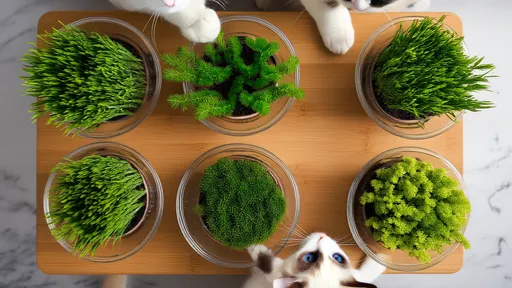
By /Jul 7, 2025
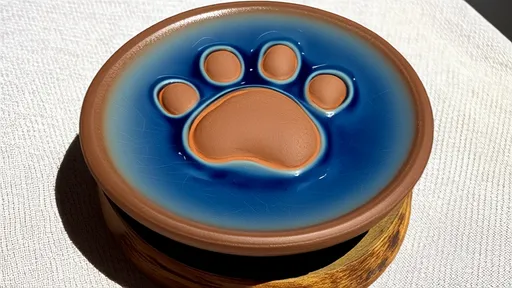
By /Jul 7, 2025
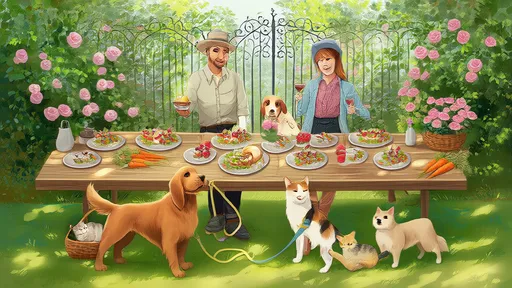
By /Jul 7, 2025
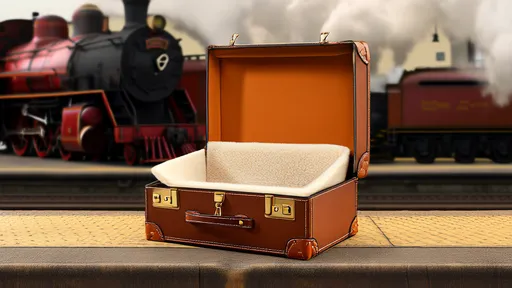
By /Jul 7, 2025
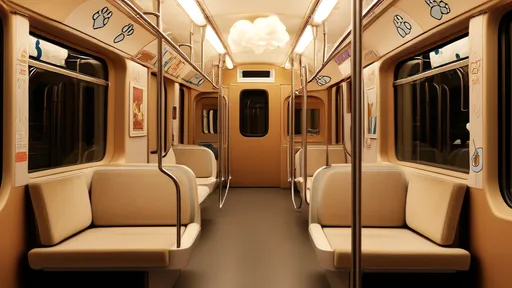
By /Jul 7, 2025
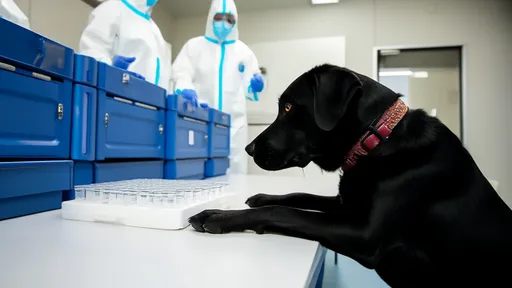
By /Jul 7, 2025
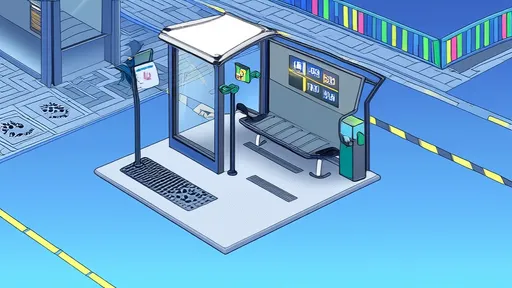
By /Jul 7, 2025
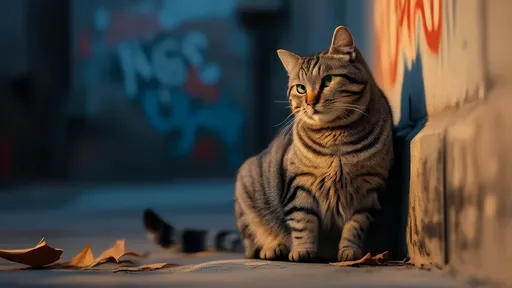
By /Jul 7, 2025
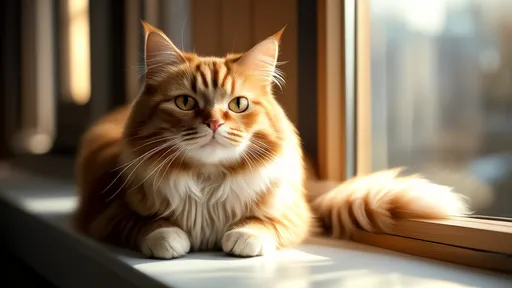
By /Jul 7, 2025
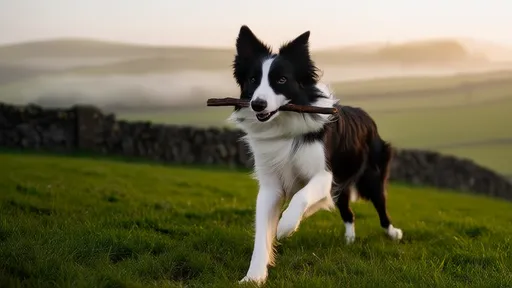
By /Jul 7, 2025
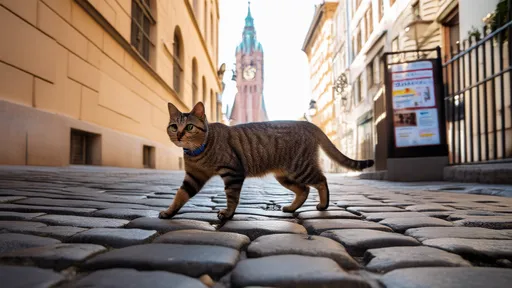
By /Jul 7, 2025
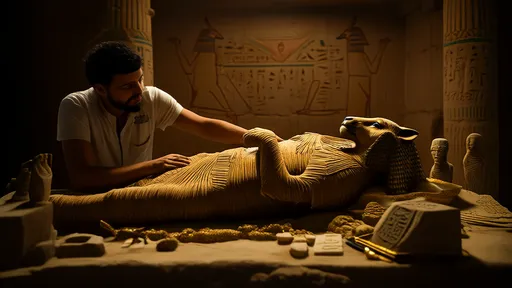
By /Jul 7, 2025
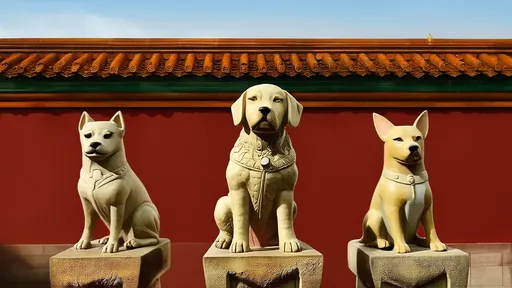
By /Jul 7, 2025

By /Jul 7, 2025
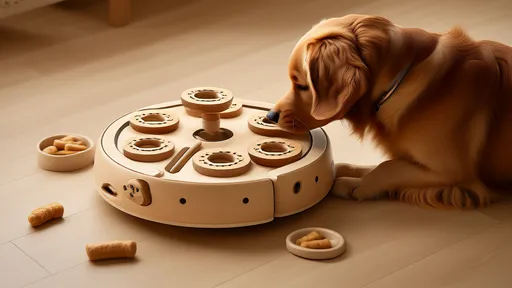
By /Jul 7, 2025
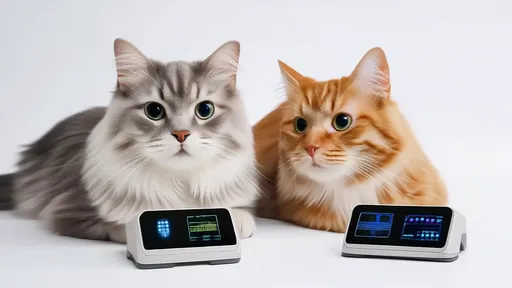
By /Jul 7, 2025
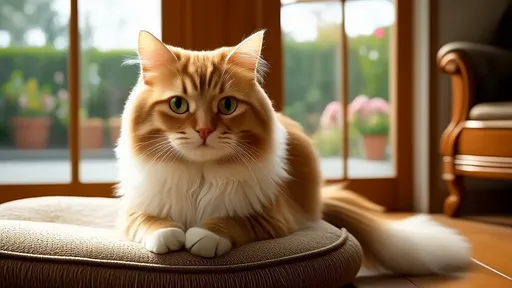
By /Jul 7, 2025
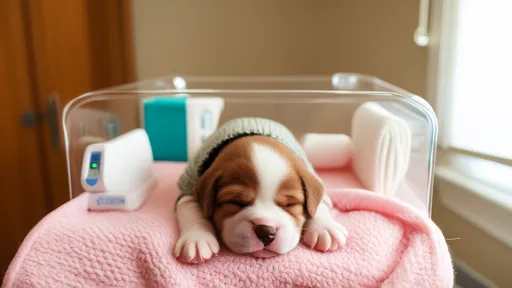
By /Jul 7, 2025